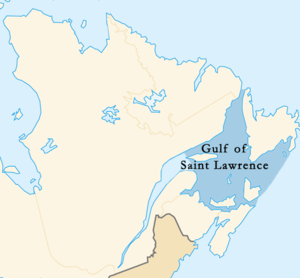GIS Extension for NetLogo Goes 1.0
Eric Russell’s GIS extension for NetLogo has been released as a 1.0 version. Eric has licensed it as fully open source, in the hopes that it will be developed further by the community, which is great. It will come bundled with the 4.0.3 version of NetLogo, which is due out shortly (and will not be open source at all. When CCL? When?).
It’s too bad the upcoming Language as a Complex Adaptive System conference won’t have a poster session, or I’d use the GIS extension to roll some realistically spatial population-distribution data into my accent formation model and see if it generated any interesting results to poster up.



